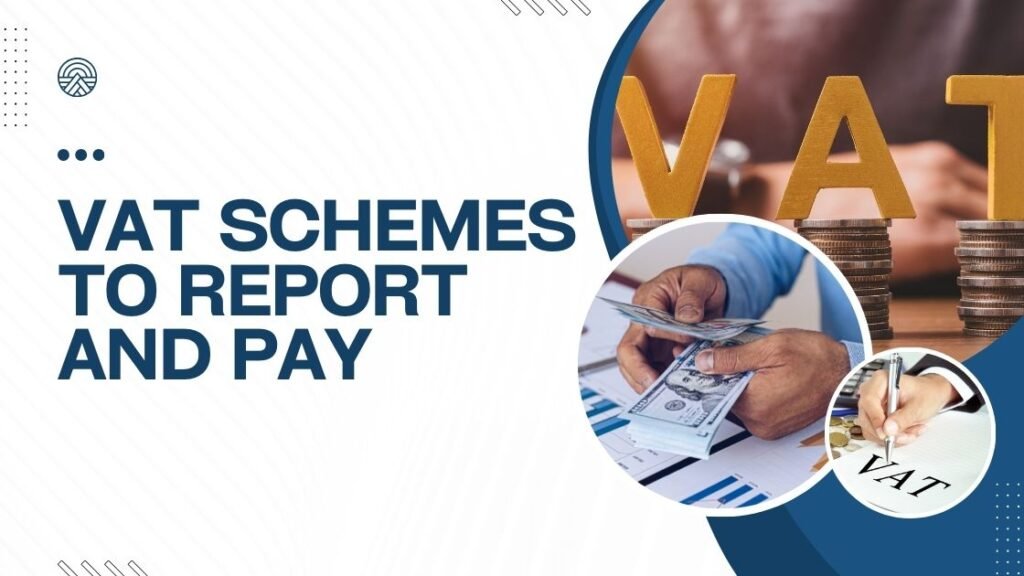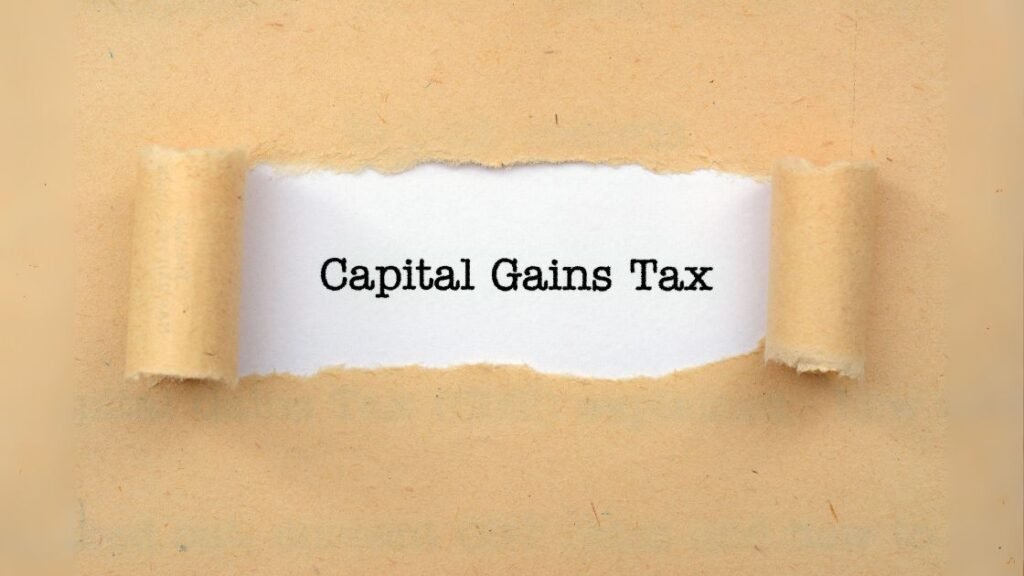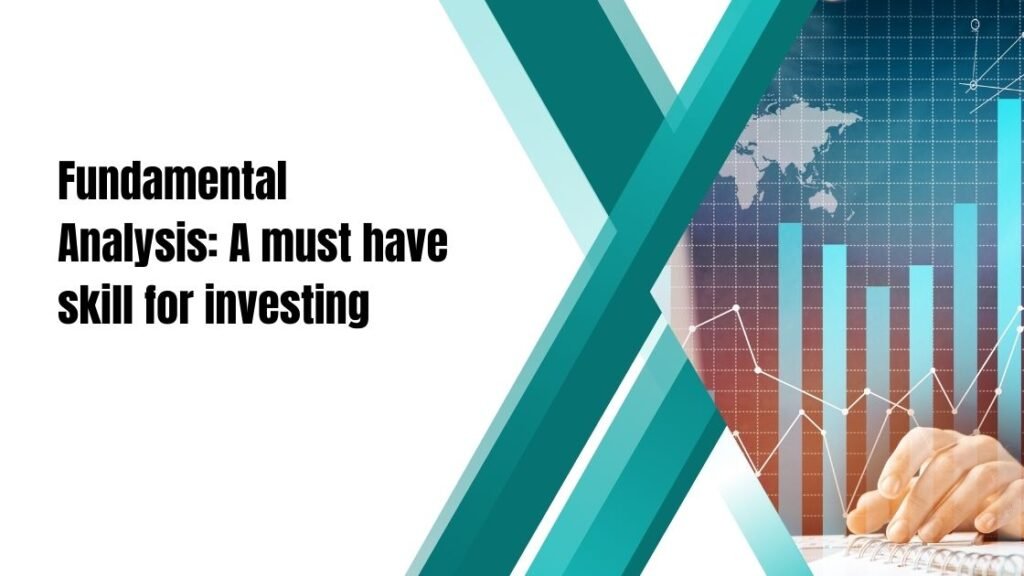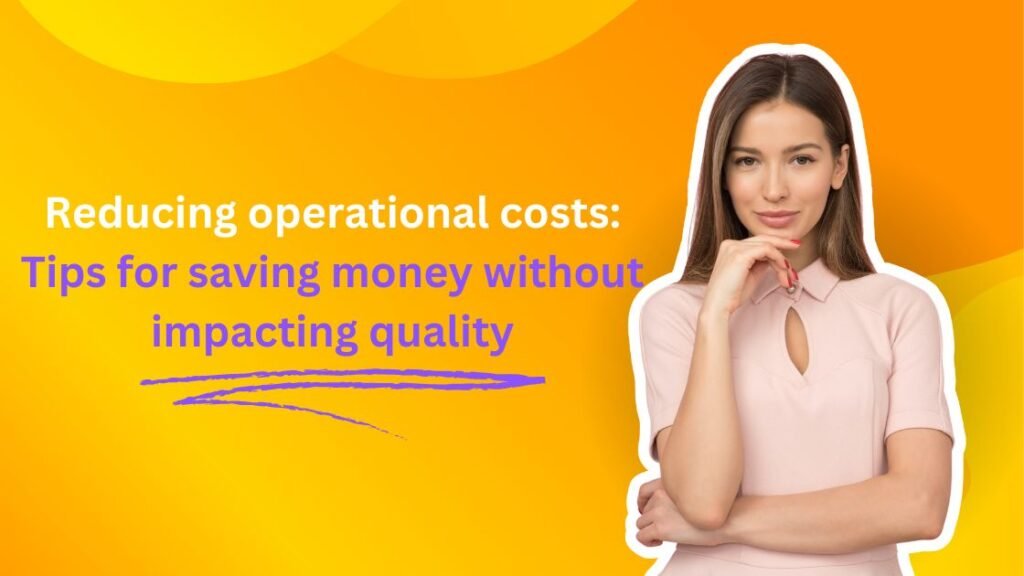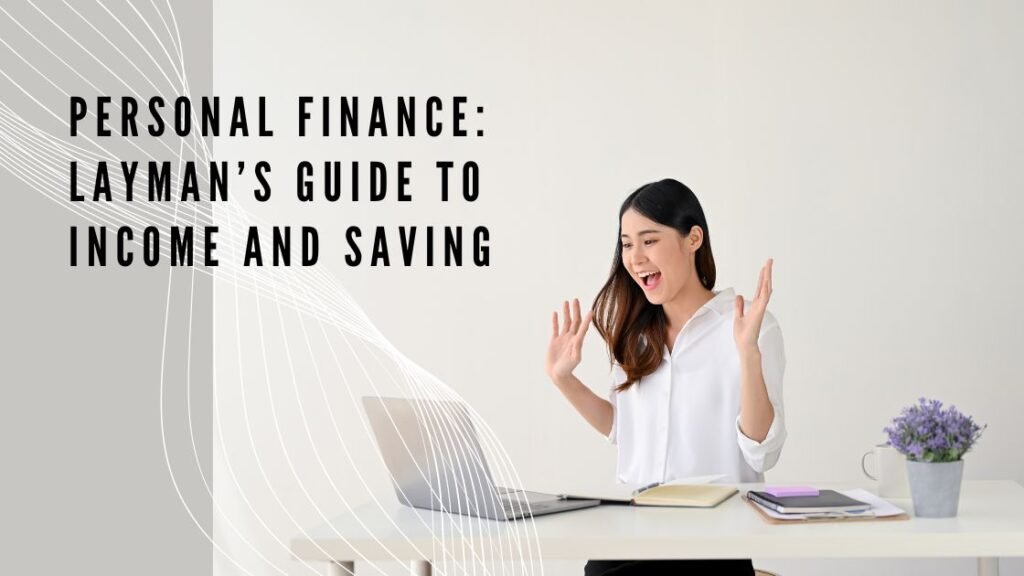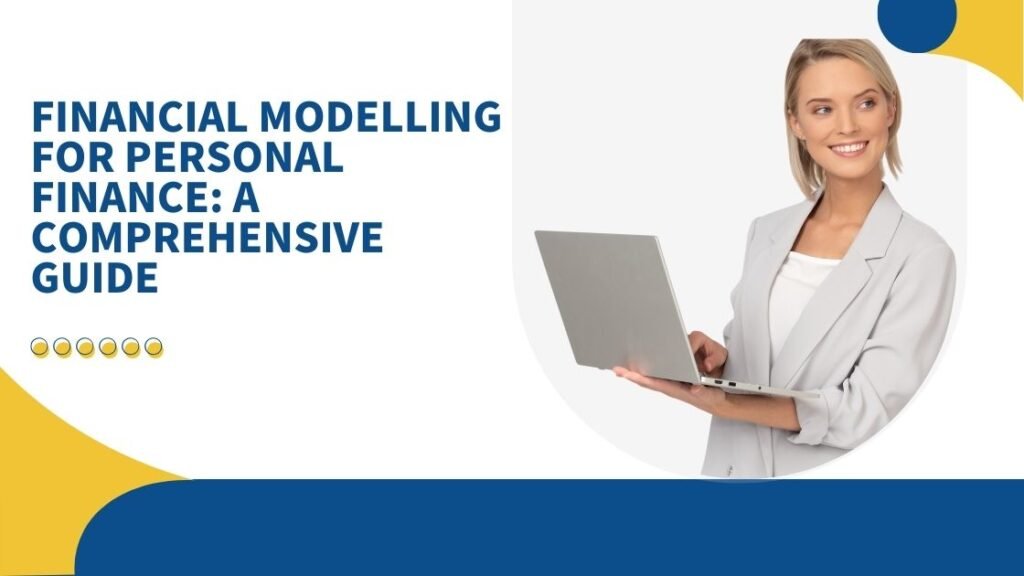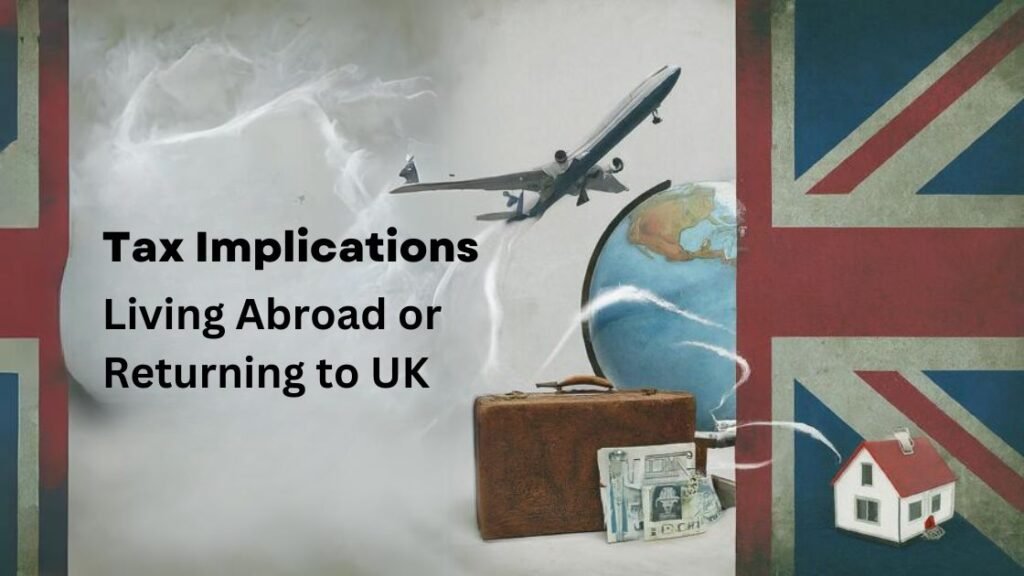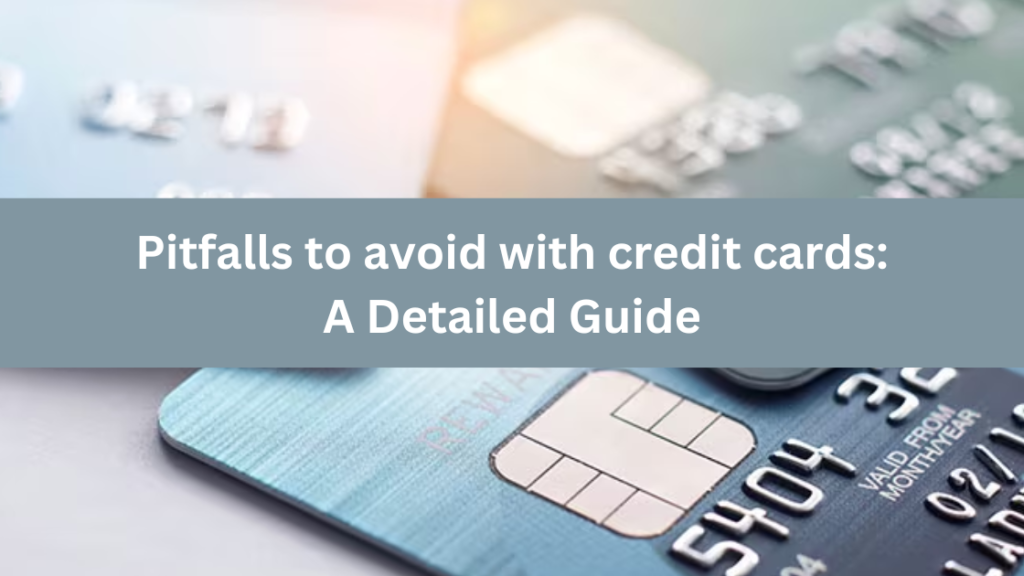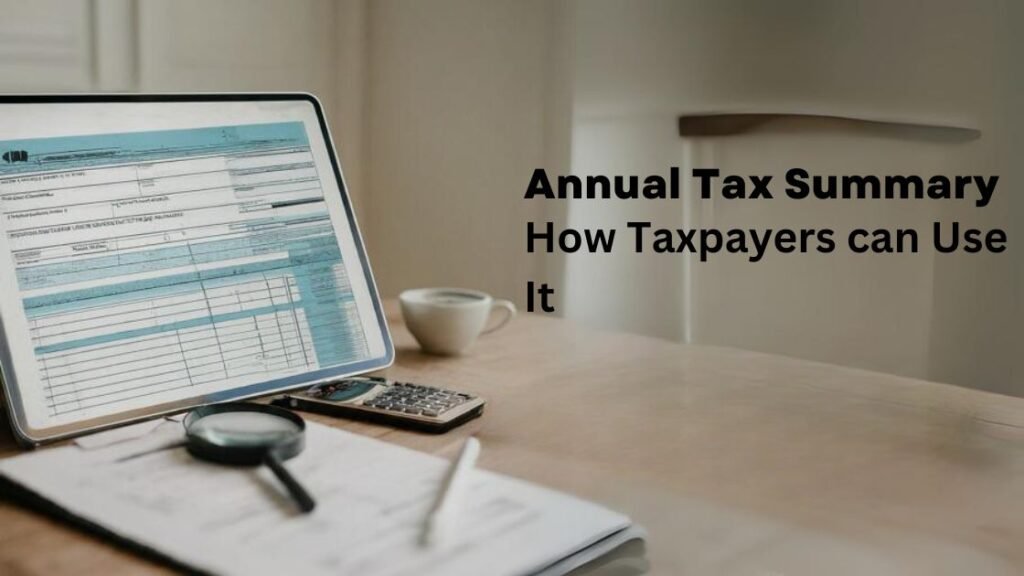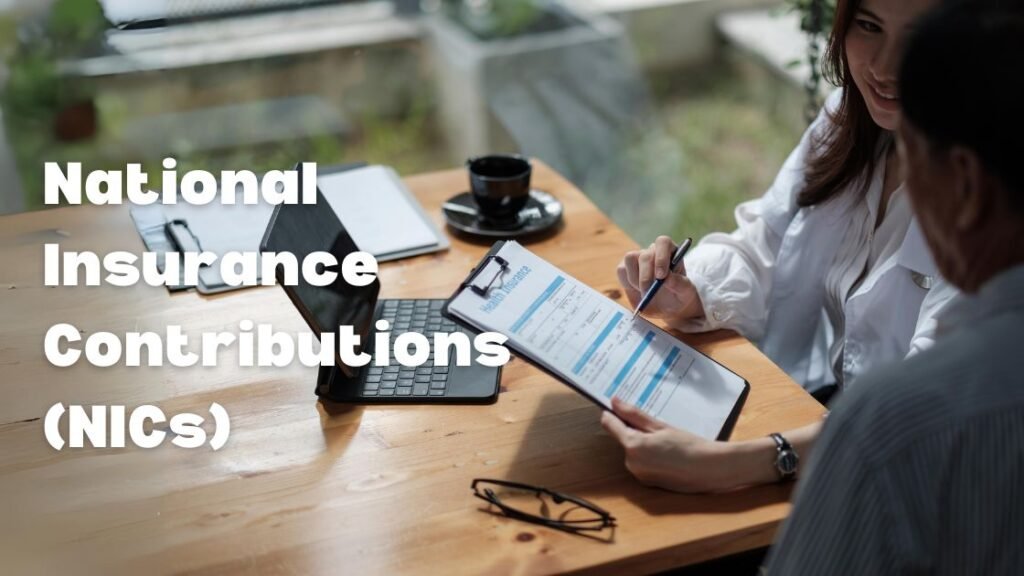Value Added Tax (VAT) schemes in the UK are designed to simplify VAT administration for businesses and provide options for managing VAT liabilities. It’s important for businesses to monitor their taxable turnover regularly to determine their VAT obligations and eligibility for VAT accounting schemes. Understanding these thresholds can help businesses manage their VAT compliance and choose the most suitable VAT accounting scheme for their needs.

Here’s an overview of the main VAT Accounting schemes in UK available:
1. The VAT Flat Rate Scheme
It is a simplified VAT accounting method designed to make it easier for small businesses to calculate and manage their VAT liabilities. Under this scheme, instead of calculating and accounting for VAT on each individual sale and purchase, eligible businesses apply a fixed flat rate percentage to their VAT-inclusive turnover.
Who are eligible for VAT flat rate scheme?
Businesses with a VAT taxable turnover (excluding VAT) of £150,000 or less in the past 12 months (excluding VAT) are eligible to join the VAT Flat Rate Scheme. Once registered for the scheme, businesses can remain in it until their total income (excluding VAT) exceeds £230,000.
How it Works:
Businesses applying the Flat Rate Scheme use a fixed flat rate percentage determined by HMRC based on the industry sector of the business. The flat rate percentages range from 4% to 16.5%, depending on the type of business.
Calculating VAT Liability: Instead of calculating VAT on each sale and purchase individually, businesses simply apply the flat rate percentage to their VAT-inclusive turnover for the period. The result is the VAT liability that the business owes to HMRC.
Input Tax: Businesses under the Flat Rate Scheme generally cannot reclaim VAT on most purchases, with some exceptions for certain capital assets over £2,000 and specific goods.
To join, fill in form VAT600FRS, if you’ve already registered for VAT. You can leave the scheme if you are no longer required to file VAT. Remember, once left you cannot join the scheme again for the next 12 months.
2. VAT Annual Accounting Scheme
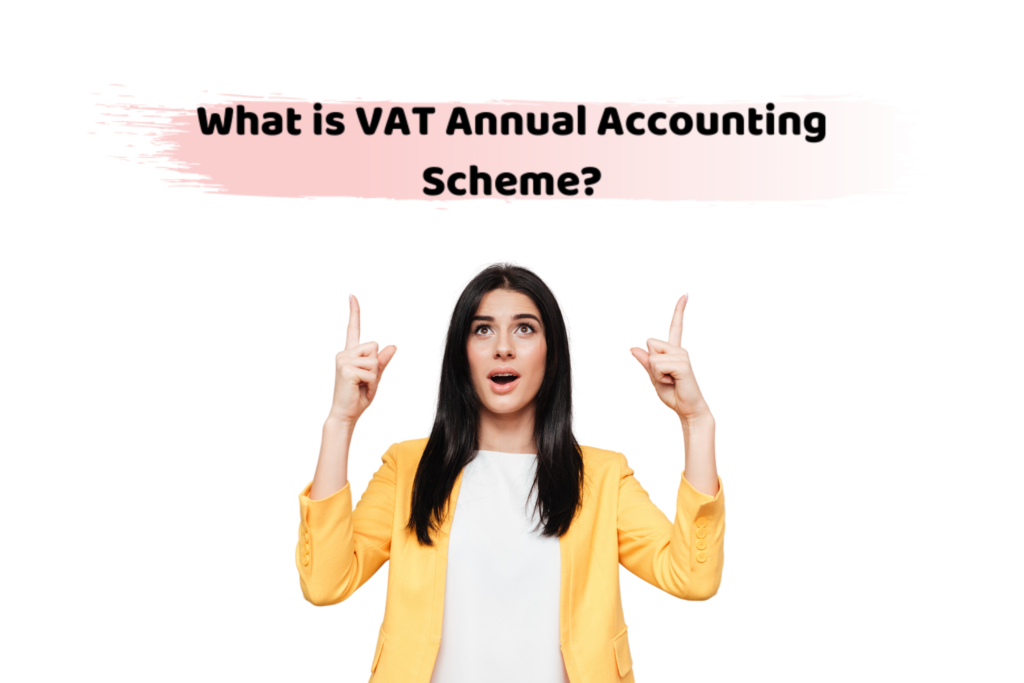
This scheme is designed to simplify VAT administration for eligible businesses in the UK. Under this scheme, businesses submit one VAT return annually and make advance payments towards their VAT liability based on estimated turnover.
Who are eligible for VAT annual accounting scheme?
The VAT Annual Accounting Scheme is available to businesses with an annual taxable turnover of up to £1.35 million.
Certain businesses are not eligible for the scheme, including those involved in certain financial services, businesses that have been penalized for VAT evasion or other VAT-related offenses, and businesses that have been subject to certain insolvency procedures.
Accounting Method:
Under the Annual Accounting Scheme, businesses submit one VAT return annually, rather than quarterly. Businesses make advance payments towards their VAT liability based on their estimated turnover for the accounting period.
These advance payments are typically made on a monthly or quarterly basis throughout the year.
VAT Returns:
The VAT return includes details of the VAT due on sales and VAT reclaimable on purchases for the entire accounting period. Businesses may need to make a final adjustment to their VAT liability based on their actual turnover for the year.
Advance Payments:
Businesses estimate their annual turnover when applying for the Annual Accounting Scheme and make advance payments towards their VAT liability based on this estimate. The advance payments are calculated based on a predetermined percentage of the estimated annual turnover, with the percentage varying depending on the frequency of payments (monthly or quarterly).
| Advance Payment | Deadline to pay advance payment |
How much to Pay
|
| Monthly | Due at the end of months 4, 5, 6, 7, 8, 9, 10, 11 and 12 |
10% of your estimated VAT bill
|
| Quarterly | Quarterly Due at the end of months 4, 7 and 10 |
25% of your estimated VAT bill
|
| Final Payment | Within 2 months after the end of your accounting period. |
Difference between advance payment and actual VAT bill.
|
At the end of the accounting period, HMRC reconciles the advance payments with the actual VAT liability based on the business’s actual turnover for the year.
To join, fill in form VAT600 AA, if you’ve already registered for VAT. You can leave the scheme if you are no longer required to file VAT. Remember, once left you cannot join the scheme again for the next 12 months.
If you overpaid the advance, you could claim for refund. Please note, you will only be able to get 1 refund in a year.
3. Cash Accounting Scheme
Under this scheme, businesses account for VAT based on the payments they receive and make, rather than on invoices issued and received.
Who are eligible for VAT Cash Accounting scheme?
The VAT Cash Accounting Scheme is available to businesses with an annual taxable turnover of up to £1.35 million. Also, you have not joined the VAT Flat rate scheme.
Certain businesses are not eligible for the scheme, including those involved in certain financial services, businesses that have been penalized for VAT evasion or other VAT-related offenses, and businesses that have been subject to certain insolvency procedures.
Accounting Method:
- Businesses only account for VAT on their sales when they receive payment from their customers.
- Similarly, businesses can reclaim VAT on their purchases when they make payments to their suppliers.
This means that VAT is only accounted for when cash transactions occur, rather than when invoices are issued or received.
Cash Flow Management:
The Cash Accounting Scheme can help businesses manage their cash flow more effectively by allowing them to defer VAT payments until they receive payment from their customers. This can be particularly beneficial for businesses with irregular cash flows or long payment terms, as it provides greater flexibility in managing VAT payments.
VAT Returns:
Businesses using the Cash Accounting Scheme still need to submit VAT returns to HMRC on a regular basis. VAT returns include details of the VAT due on sales and VAT reclaimable on purchases for the accounting period. VAT returns are typically submitted on a quarterly basis, but businesses can also opt to submit monthly or annual VAT returns.
4. VAT Margin Schemes
The VAT Margin Scheme is a special VAT accounting scheme that applies to the sale of second-hand goods, works of art, antiques, and collectors’ items. You cannot use margin scheme for any item you bought for which you were charged VAT, precious metals, investment gold and precious stones. Certain goods are excluded from the scheme, including new goods, items sold under auctioneers’ schemes, and items acquired for export outside the EU.
It allows businesses to calculate VAT based on the difference between the selling price and the purchase price of these goods, rather than on the full selling price, i.e.,
VAT payable = Selling price of goods – Purchase price of goods
You pay VAT at 16.67% (one-sixth) on the difference.
For items that aren’t covered under Margin schemes, like business overheads, repairs, or parts, they should be reclaimed under Standard VAT returns.
Businesses using the VAT Margin Scheme must keep specific records of their purchases and sales, including details of the purchase price, selling price, VAT calculation, and any other relevant information. Records must be kept for at least six years and be available for inspection by HM Revenue & Customs (HMRC).
The VAT rate applied to the margin depends on the type of goods sold and whether the business is using the Global Accounting Scheme or the Individual Items Scheme.
Global Accounting Scheme:
It allows businesses to calculate the total margin for all eligible goods sold during a VAT accounting period and apply the appropriate VAT rate to determine the VAT payable. This scheme is suitable for businesses that sell a large volume of low-value items with similar VAT rates.
VAT payable = total selling price of eligible goods – total purchase price of these goods
Individual Items Scheme:
It allows businesses to calculate the margin and apply the VAT rate separately to each eligible item sold. This scheme is suitable for businesses that sell high-value items with different VAT rates or that want to track VAT on each item individually.
VAT payable = selling price – purchase price of each eligible item
This scheme provides granular VAT calculation and great flexibility to businesses in pricing and VAT management by applying different VAT rates to different items sold.
5. VAT Retail Schemes
VAT retail schemes are special VAT accounting methods designed for businesses operating in the retail sector. These schemes provide simplified VAT accounting options tailored to the specific needs of retail businesses, allowing them to calculate VAT on their sales in a more straightforward manner. This scheme is applicable to the businesses with a turnover less than £130 million. There are 3 VAT retail schemes:
6. Point of Sale Scheme (PoS):
Under this scheme, businesses calculate VAT on their sales at the point of sale or when the goods are sold to customers. VAT is calculated based on the selling price of the goods, including any applicable discounts, and is accounted for in the VAT return for the period in which the sale occurs.
How to calculate:
- Add up all the sales for each VAT rate for the VAT return period.
- For 20% rated goods, divide the sales by 6.
- For 5% rated goods, divide the sales by 21.
Example:
- You’ve sold £30,000 worth of 20% rated goods, and
- £1000 worth of 5% rated goods.
VAT to be paid = (£30,000 / 6) + (£1000/5)
= £5,200
This means, you need to record a total of £4,005 for the VAT return period.
7. Apportionment Scheme:
Under this scheme, businesses apportion their sales into different VAT rate categories based on the proportion of each type of sale. VAT is then calculated separately for each category of sale, allowing businesses to apply the appropriate VAT rate to each portion of their sales. This scheme helps businesses accurately account for VAT on mixed supplies and ensures compliance with VAT regulations for different types of goods.
This scheme could be used if you buy goods for resale. It can’t be used if you provide services, goods that you’ve made or grown yourself, catering services, and the turnover (excluding VAT) can’t be more than £1 million a year.
How to calculate your VAT
- Calculate the total value of goods purchased for resale in the VAT period for each VAT rate.
- Divide the total of purchases for each VAT rate by the total for all purchases.
- Multiply the outcome by your total sales, divided by 6 for 20% rated goods, and divided by 21 for 5% rated goods.
To calculate the total VAT for the period=
(total value of purchase for 20% VAT rate / total purchase ) * (total sales/6) + (total value of purchase for 5% VAT rate / total purchase ) * (total sales/21)
Example
In the VAT period you buy goods at the following VAT rates:
| Total value of goods purchased | VAT rate |
| £20,000 | 20% |
| £5,000 | 5% |
| £5,000 | 0% |
| Total Purchase | £30,000 |
Let’s assume your total sales are £40,000.
Total VAT for the period:
= {(£20,000 / £30,000) x (£40,000 / 6 )} + {(£5,000 / £30,000) x (£40,000 / 21)} = £6,667.33 + £1,904.92
= £8,572.25
= £8,572.25
8. Direct Calculation Scheme:
The Direct Calculation Scheme is available to businesses that sell goods subject to VAT at different rates and have a turnover below a certain threshold.
This scheme simplifies VAT accounting by providing businesses with a straightforward method for calculating VAT on their sales, based on predetermined mark-ups. This scheme is useful, if you make a small proportion of sales at one VAT rate and the majority at another rate. Your turnover (excluding VAT) can’t be more than £1 million a year.
How to calculate your VAT:
- Calculate the expected selling prices (ESPs) for your minority or majority goods. Use the one that’s easier.
- Total up the ESP for the VAT period.
- If your goods are standard rated at 20% divide the total ESP by 6. If they’re zero rated, deduct the total ESP from your total sales. This will give you your sales at 20%. Then divide by 6.
- If you have reduced-rate (5%) goods deduct the ESP of this from your sales before calculating your VAT at 20%. Then calculate the VAT due on reduced-rate goods by dividing the ESP of these by 21. Add this figure to your 20% VAT to get total VAT due.
Example:
Let’s consider a retail business that sells a variety of goods subject to different VAT rates:
| Goods Category | VAT Rate | Good cost price | Predetermined Percentage Mark-ups
(Assumption) |
| Standard-rated goods | 20% | £100 | 50% |
| Reduced-rated goods | 5% | 80 | 30% |
| Zero-rated goods | 0% | £120 | 20% |
Let’s calculate VAT for each type of goods sold:
The business calculates VAT on its sales using the predetermined percentage mark-ups on the cost prices of goods.
Selling price = Cost price + (Cost price × VAT rate mark-up percentage)
| Goods Category | Selling Price | VAT |
| Standard-rated goods | £100 + (£100 × 50%) = £150 | 20% of £150 = £30 |
| Reduced-rated goods | £80 + (£80 × 30%) = £104 | 5% of £104 = £5.20 |
| Zero-rated goods | £120 + (£120 × 20%) = £144 | 0% of £144 = £0 |
Total VAT Liability:
The business adds up the VAT amounts calculated for each type of goods sold to determine its total VAT liability for the accounting period.
Total VAT liability = VAT on standard-rated goods + VAT on reduced-rated goods + VAT on zero-rated goods
Total VAT liability = £30 + £5.20 + £0 = £35.20
Submission of VAT Returns:
The business includes the total VAT liability calculated using the Direct Calculation Scheme in its VAT returns, which are typically submitted to HMRC on a quarterly basis.
By using the Direct Calculation Scheme, the retail business can accurately calculate its VAT liability based on predetermined mark-ups on the cost prices of goods, providing a simplified method of VAT accounting for businesses with diverse product offerings and different VAT rates.
VAT overpaid or underpaid:
- If you pay too little VAT, then you may be charged 7.75% interest by HMRC.
- If you pay too much VAT, then you may be able to claim 4.25% interest to HMRC. Please note, HMRC will not usually repay interest if you’ve paid too much VAT because of a mistake you made.

